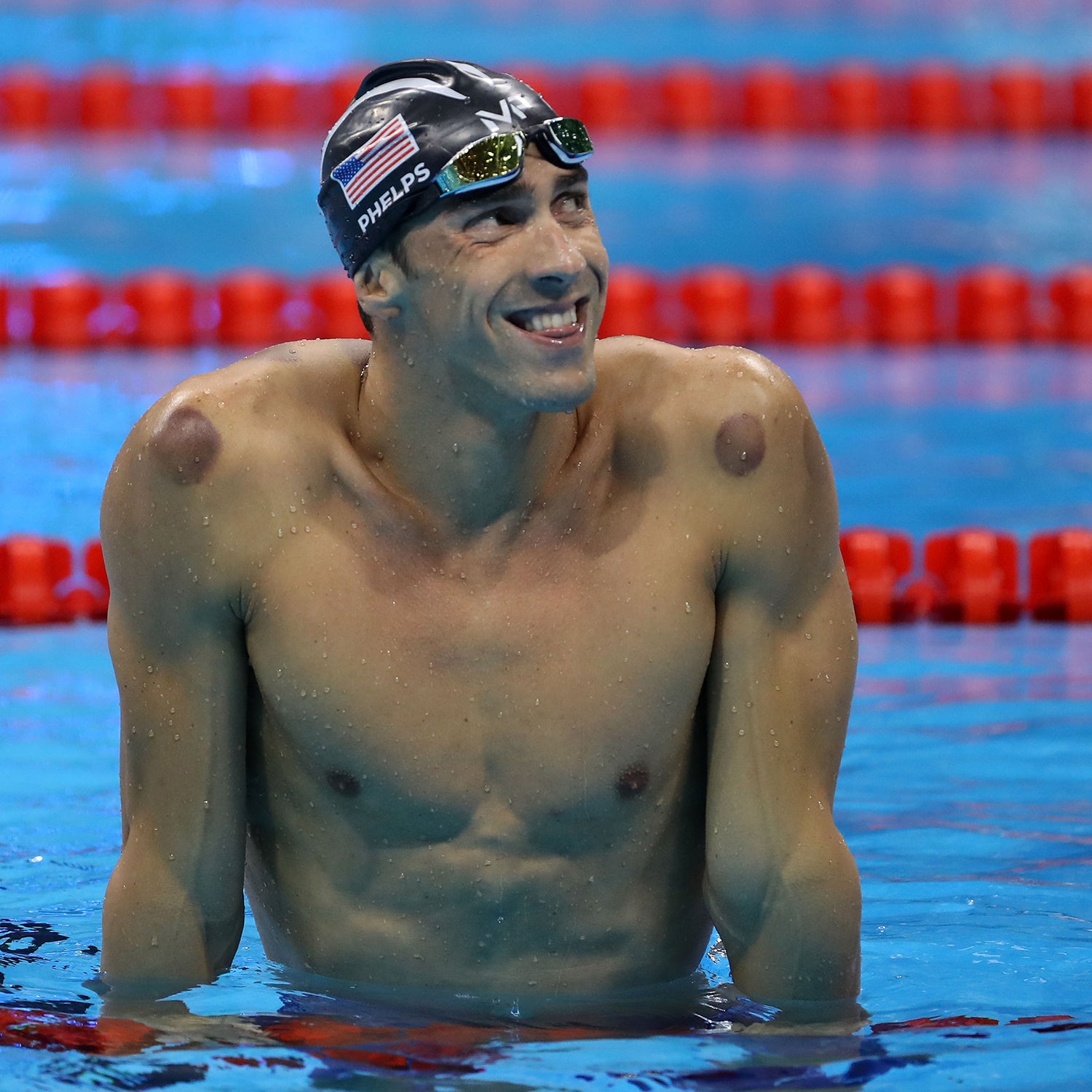Scott Turpin is a classic Colorado mountain athlete. In his twenties, he worked as an EMT and was certified in wilderness emergency medicine to fund his climbing, skiing, mountaineering, and highlining pursuits. When a major climbing fall sidelined him at 30 years old, TurpinÔÇÖs future looked injury-riddled and limited, and Western medicine provided no relief. Although he had tried acupuncture in the past, Turpin was unimpressed with it, calling it ÔÇťkind of cursory and nice but not useful.ÔÇŁ But a few visits with a new practitionerÔÇöwho later became his teacherÔÇöradically changed his mind.
Today, Turpin holds a masterÔÇÖs degree in traditional Chinese medicine (TCM), offered at a number of specialized institutions around the country, and runs in Denver. HeÔÇÖs also able to do the same skiing, climbing, mountaineering, and highlining that he did before his injury, crediting the holistic care of TCM for his continued ability to rough it in the mountains.
What Is TCM?
Acupuncture, herbal and dietary supplementation, medical massage, cupping, and a variety of other techniques all fall under the broader umbrella of TCM. Despite a lack of conclusive traditional science that supports the use of these methods, theyÔÇÖve become increasingly popular in the West over recent years, especially among athletes. (Michael Phelps showed up to the Olympics with cupping marks on his body.)┬áThatÔÇÖs because TCM aims to boost recovery, optimize health before youÔÇÖre hurt, and prevent injury altogether. ÔÇťWestern medicine really waits for something to be wrong until we start to address it,ÔÇŁ Turpin says. ÔÇťChinese medicine evolved with this broader scope of managing quality of life.ÔÇŁ
Turpin points to thousands of years of historyÔÇöand countless people who swear by the techniquesÔÇöas evidence enough that TCM is worth a try. In the case of TurpinÔÇÖs practice, the people who turn up on his doorstep ready to give it a shot are typically either injured athletes or folks with nowhere else to turn. ÔÇťI think Chinese medicine offers a lot for both of those types of peopleÔÇöthose who are very active and have had an injury and want to perform optimally, and those who donÔÇÖt have answers from other medical modalities,ÔÇŁ Turpin says.
Matt Owens, a certified trainer, is quick to point out that while these methodsÔÇönamely something like acupunctureÔÇöanecdotally have been very effective for some of his clients, they donÔÇÖt work for everyone, and a good practitioner is key for any potential relief. OwensÔÇÖ clients who have had success saw the dissipation of chronic pain as well as a boost in mood and energy.
Common TCM Treatments
Acupuncture: For athletes with chronic pain and ongoing injuries, acupuncture claims to reduce pain. Acupuncturists prick the skin at specific trigger points that are believed to radiate tension and act as the source muscle tightness. Doing so allegedly releases tension and forces muscles to relax.
ÔÇťOur bodies have a basic circuitryÔÇöthe basic push-pull, up-down of how chi, or energy, moves in the body. When thereÔÇÖs pain, that means thereÔÇÖs stagnation. If itÔÇÖs stuck, we move it,ÔÇŁ Turpin says.
Sometimes, acupuncture is used alongside moxibustion, a technique that includes applying just-extinguished burned herbs to the skin. The heat should prompt muscles to relax further, enhancing the effects of acupuncture.
Herbal medicine and dietary therapy: ÔÇťHerbal medicine is the understanding of everything we can ingest and how it could affect us, and then hopefully help us, if used skillfully,ÔÇŁ Turpin says. In practice, it looks similar to a dietary plan mapped out for you by a nutritionist, but with an eye toward combating things like fatigue, irritability, and anxiety, rather than, say, weight loss.
Chinese medical massage: Referred to as tui na, Chinese medical massage is the basis for modern chiropractic practice. ItÔÇÖs bodyworkÔÇölike more common forms of massageÔÇöbut follows closely the same body mapping used in acupuncture.
Qigong: ÔÇťChinese yoga,ÔÇŁ a movement practice that seeks to address engrained misalignment and repattern movement.
Guasha: A technique that involves vigorously scraping the skin in an effort to relieve tension and open up channels of movementÔÇöphysical and energeticÔÇö throughout the body.
Cupping: Using heat or suction, the skin is drawn for a few minutes into glass cups, which are then removed. Ostensibly, cupping increases blood flow in the targeted area, encouraging recovery and stimulating muscle repair.
Find a Good Practitioner
Like traditional doctors and physical therapists, traditional Chinese medicine doctors can vary significantly in quality and approach. TurpinÔÇÖs advice? Make sure you choose someone who received a formal education, has been properly licensed, and takes a holistic approach to treatment. A doctor who regularly administers a variety of therapies will be able to bring a whole-body approach to treatmentÔÇöwhich is what traditional Chinese medicine is all about.


